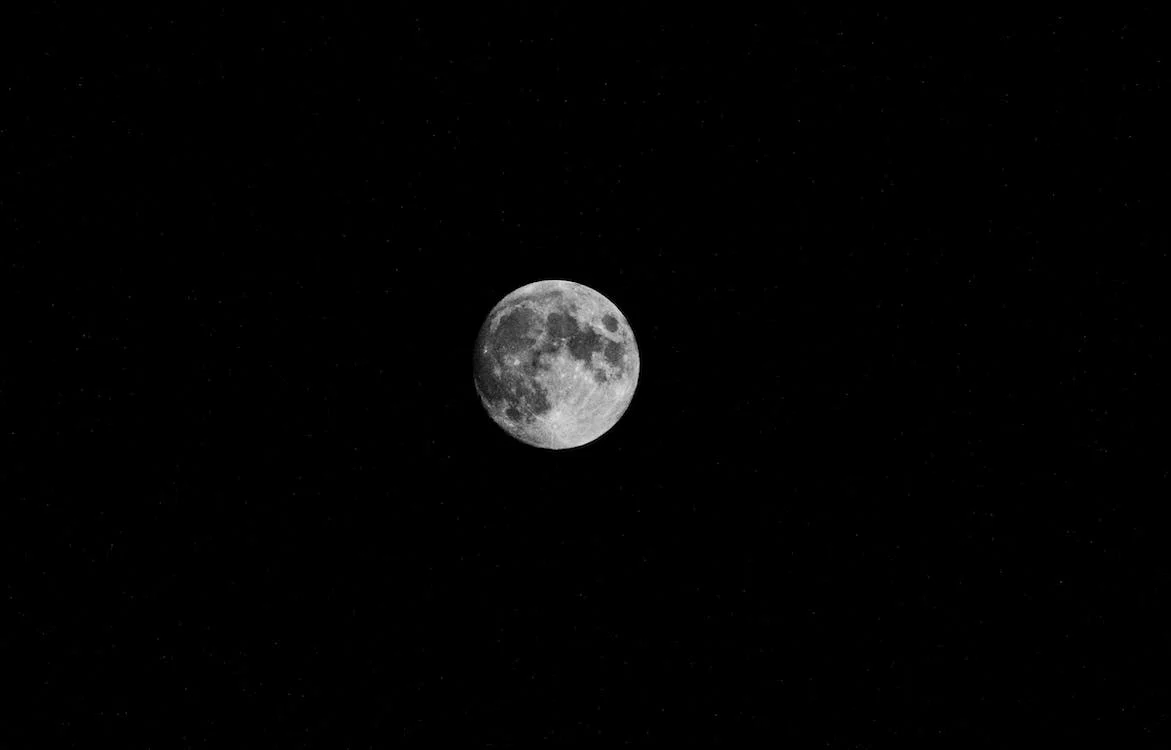The moon looks like it’s close enough for us to touch. But however big it appears to our plain sight, we know the fact that the moon is quite far away from us on Earth. Only a few countries have successfully done the rare feat of landing on the lunar surface. All of them have also failed in some of their lunar exploration attempts. But they never give up and try again, despite the astronomical (pardon the pun) cost of these projects.
The former Soviet Union (now Russian Federation) was the first to “touch the moon,” although indirectly. In September 1959 it launched Luna 2, the first human-made object to successfully make contact with another celestial body. The United States’ Apollo 11 became the first manned mission to reach the moon in July 1969.
A few other countries followed. China made successful soft landings on the moon in 2013, 2019 and 2020 with its Chang’e lunar probes. In 2008, India debuted with its lunar orbiter Chandrayaan-1, which became known for its discovery of water molecules on the moon. It operated for almost a year.
And only recently, Israel joined the bandwagon as it made its first-ever bid in history to land on the moon – but did it succeed on its quest?
A long road to the moon
SpaceIL, a non-profit organization based in Tel Aviv, attempted to become the first Israeli entry to land a spacecraft on the lunar surface. SpaceIL collaborated with Israel Aerospace Industries (IAI), Israel’s biggest aerospace and defense company, to develop a spacecraft called Beresheet. It was a technology demonstrator of a small robotic lunar lander and lunar probe.
This ambitious lunar-landing project started in 2011, when SpaceIL formed to compete in the Google Lunar X Prize (GLXP). Google, the competition’s sponsor, offered US$30 million in prizes to encourage privately funded teams to develop low-cost means of robotic space exploration. Out of the US$30 million prize, US$20 million would go to the winner, US$5 million to the runner-up, and the remaining $5 million to recipients of technical bonuses and diversity awards.
Five competing teams, including SpaceIL, entered the 2018 edition of GLXP. While the competition ended up without a winner, SpaceIL and IAI continued working on the spacecraft. They initially named it Sparrow before changing it to Beresheet as the spacecraft’s official name in December 2018.
“Beresheet” means “in the beginning” in Hebrew (in reference to the Book of Genesis in the Old Testament). The moniker was quite fitting for Israel’s first-time lunar mission endeavor.
SpaceIL’s aim in launching Beresheet included advancing its know-how and promoting careers in STEM (science, technology, engineering, and mathematics), getting young people more interested in science and technology, and landing its magnetometer, laser retroflector, and time capsule on the moon.
Beresheet‘s properties:
- Spacecraft type: lunar lander
- Net mass (without fuel): 150 kilograms (330 lbs)
- Launch mass (fueled at launch): 585 kilograms (1,290 lbs)
- Dimensions:
- Diameter: 2 meters (6.6 feet)
- Height: 1.5 meters (5 feet)
Beresheet‘s launch
On February 21, 2019, Beresheet took off from Cape Canaveral in Florida, USA on a used SpaceX Falcon 9 booster, along with a US Air Force satellite and an Indonesian communications satellite. The launch was successful.
For almost two months, Beresheet maneuvered into successively longer loops around the planet until it reached the moon. Beresheet carried a time capsule of digital records and a magnetometer, which would be used to study the moon’s magnetic field.
Result
On April 11, 2019, Beresheet failed to touch down safely as it crash-landed on the moon’s surface at around 3:25 P.M. EDT (1925 GMT). It encountered a problem with its main engine in the final stages of its descent. Mission control lost communications with Beresheet as the spacecraft was going around 149 meters (489 feet) above the lunar surface.
Although SpaceIL came up short in its historic attempt to land on the moon, the team remained dedicated to their goal of successfully landing an Israeli spacecraft on the moon.
Prime Minister Benjamin Netanyahu also witnessed Beresheet‘s landing attempt from SpaceIL’s control center in the city of Yehud. He said after Beresheet‘s disappointing crash-landing, “If at first you don’t succeed, you try again.” Indeed, two days after Beresheet‘s failure to safely land on the moon, SpaceIL announced its plans for another spacecraft, Beresheet 2. As of this writing, it is expected to launch in 2024.
Let’s all hope Beresheet 2 shall be successful this time – and who knows, we will see an Israeli flag being planted on the Moon someday.
